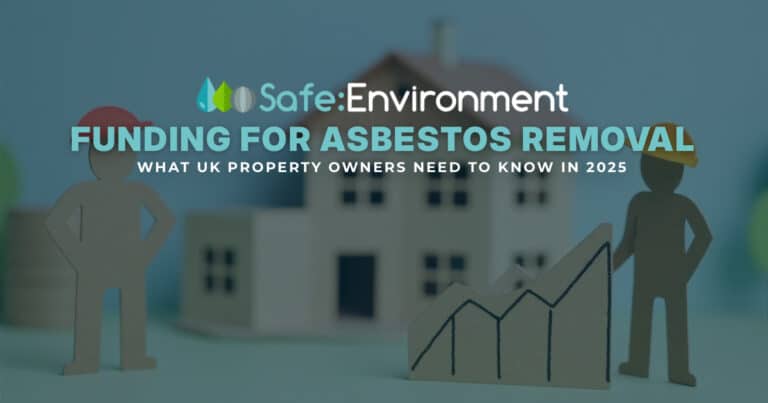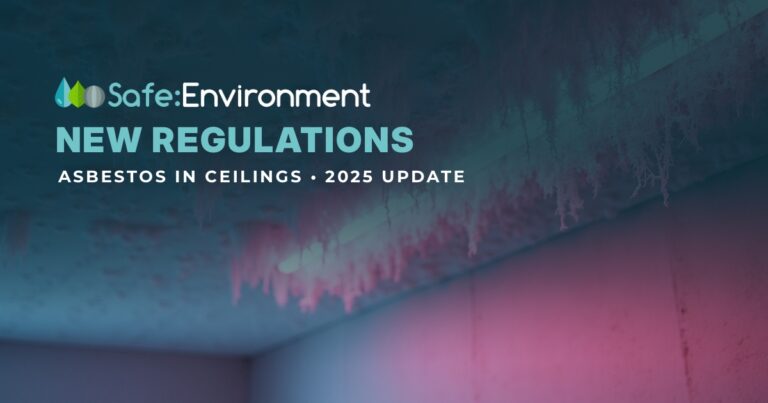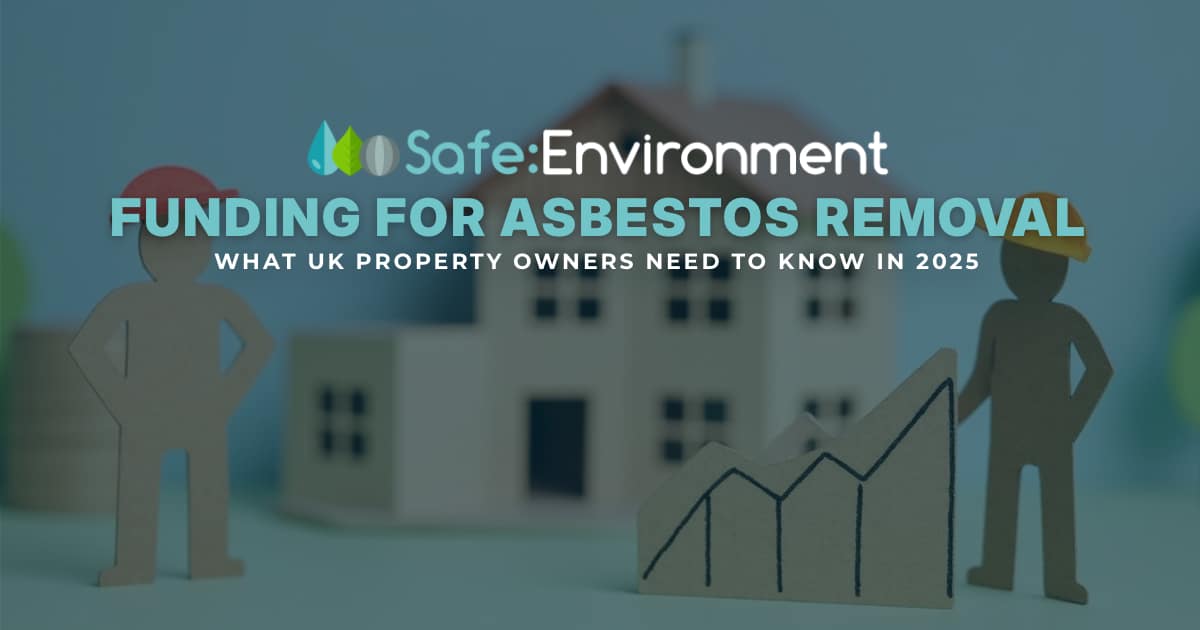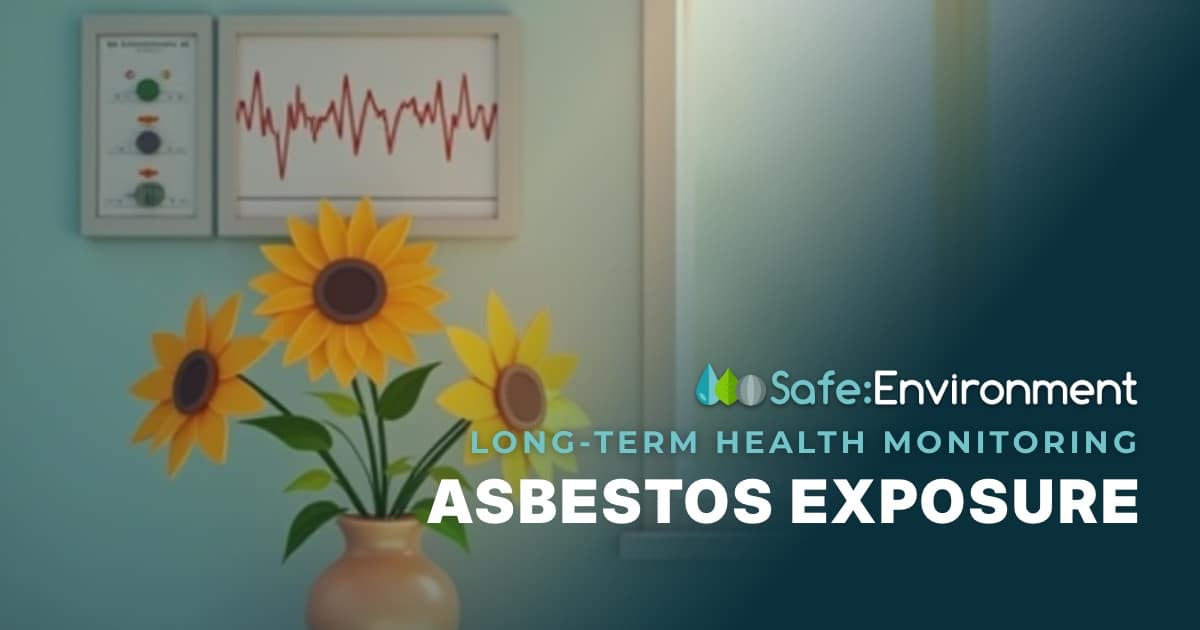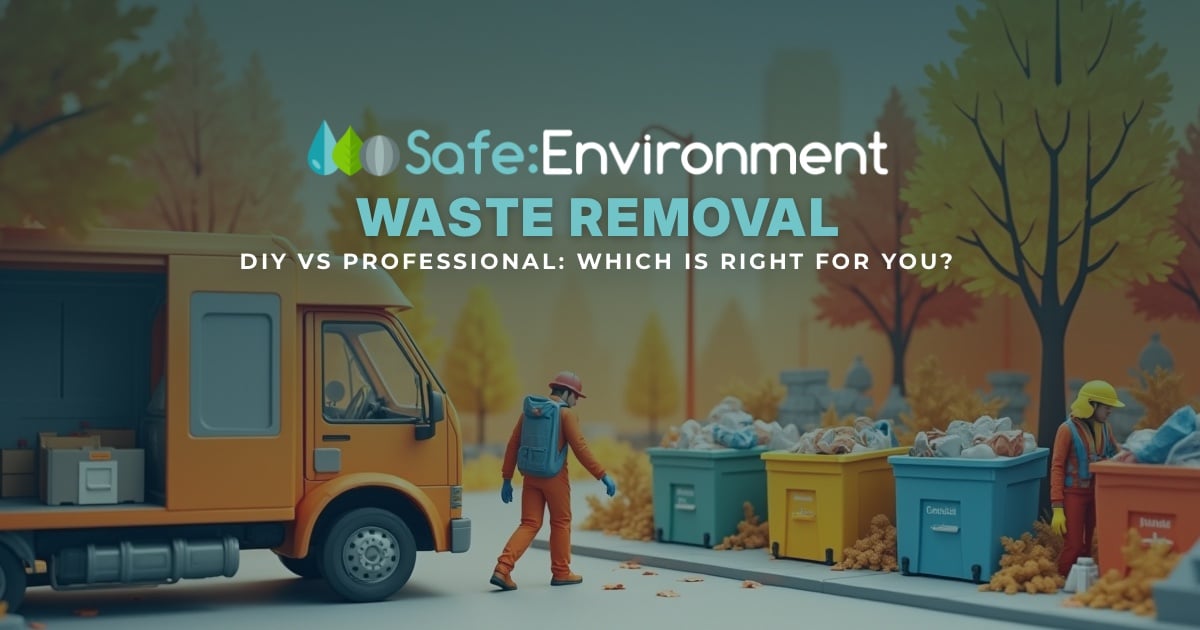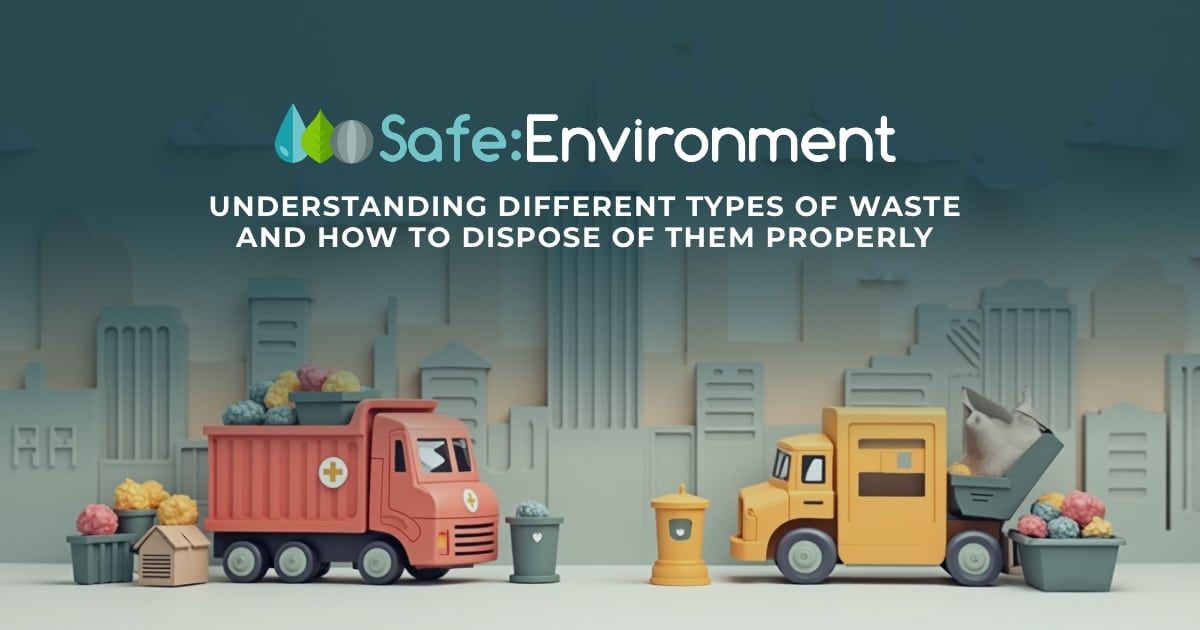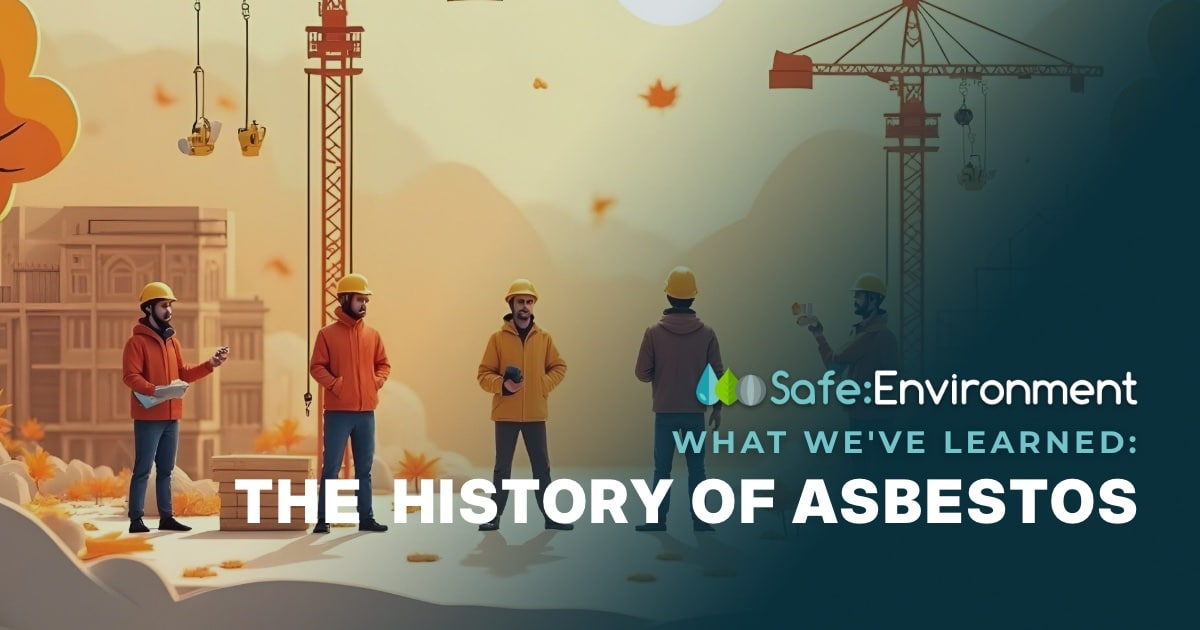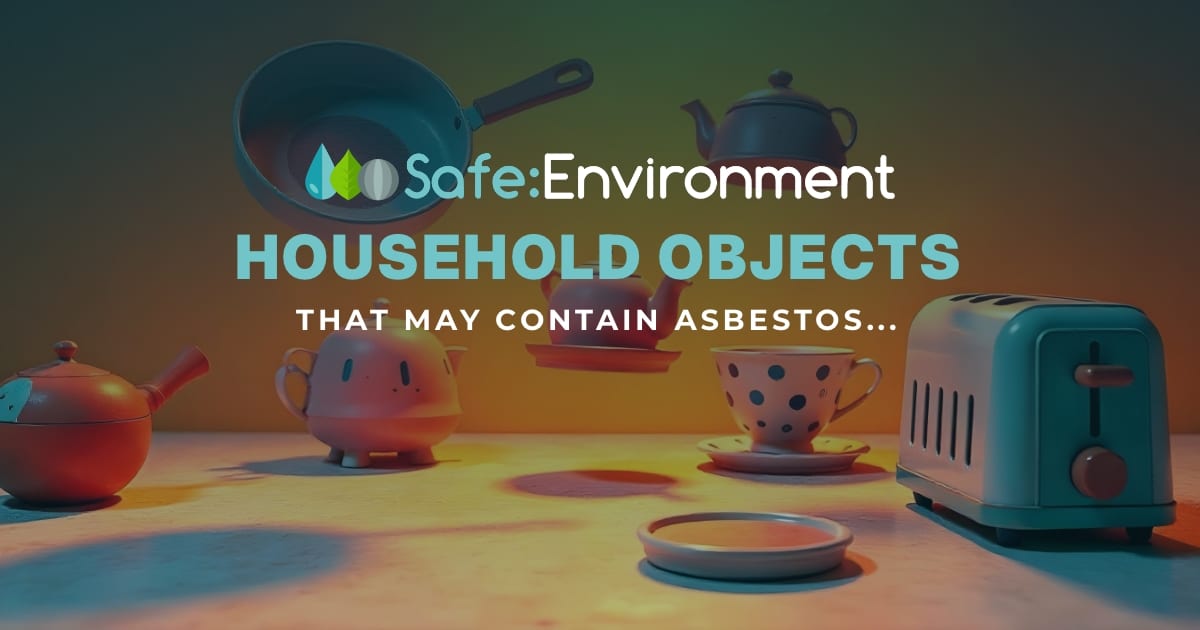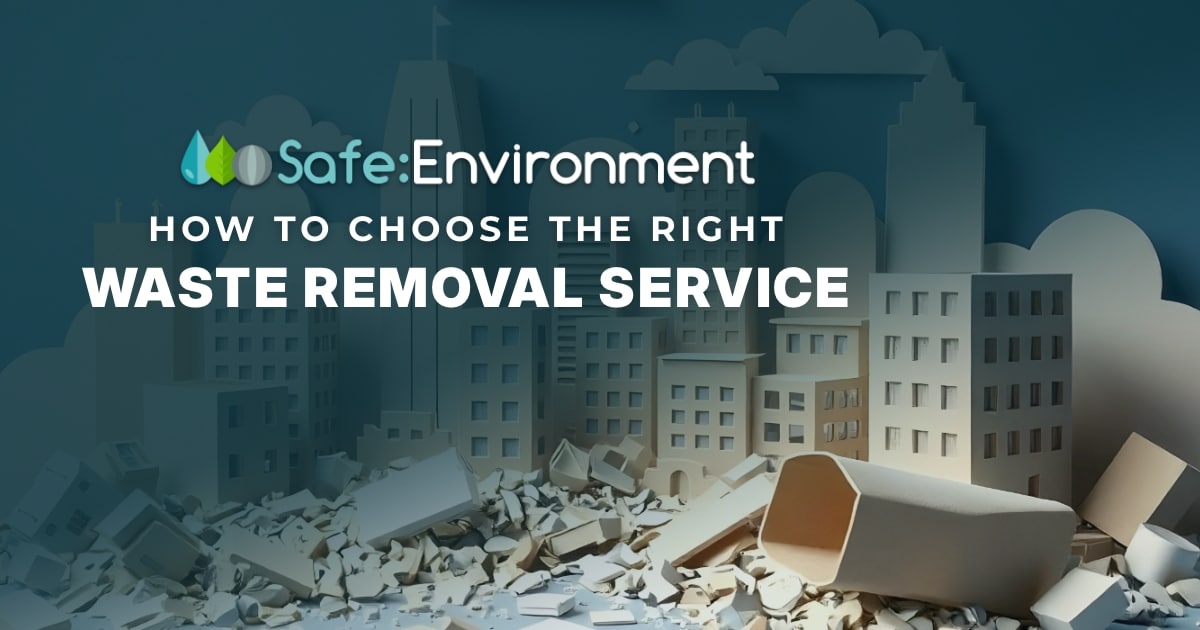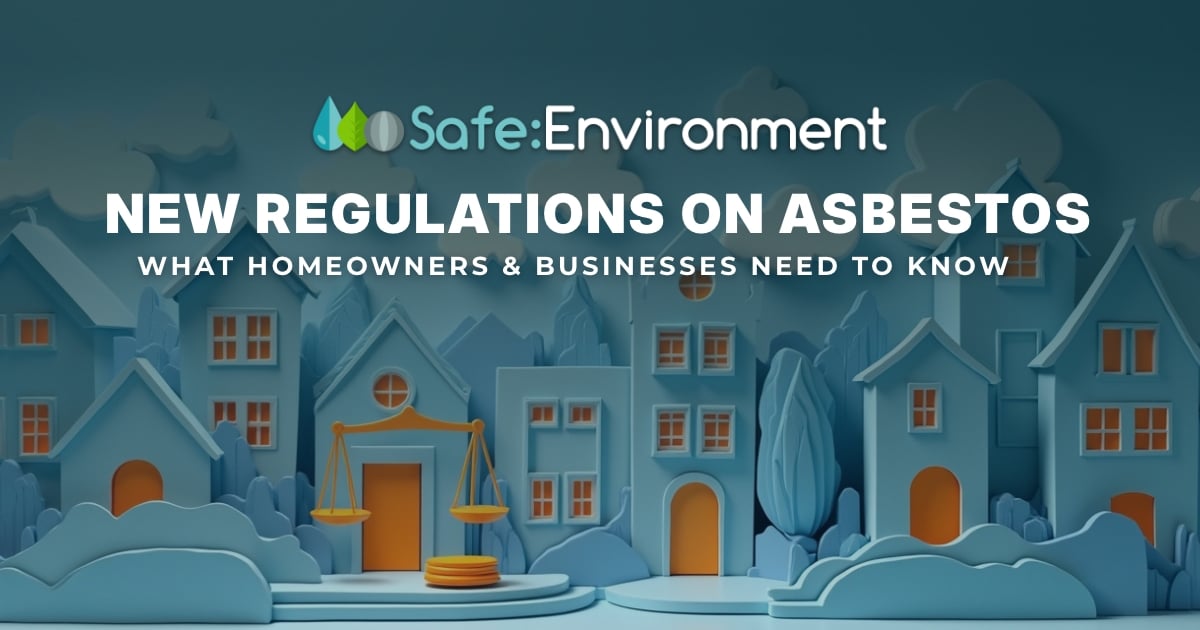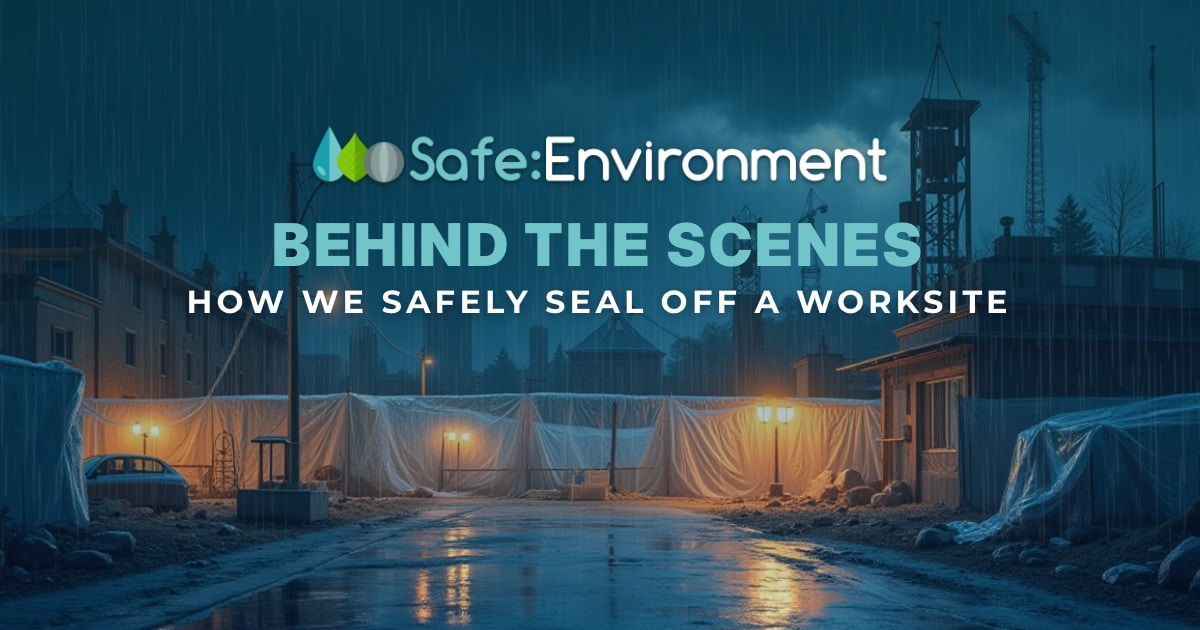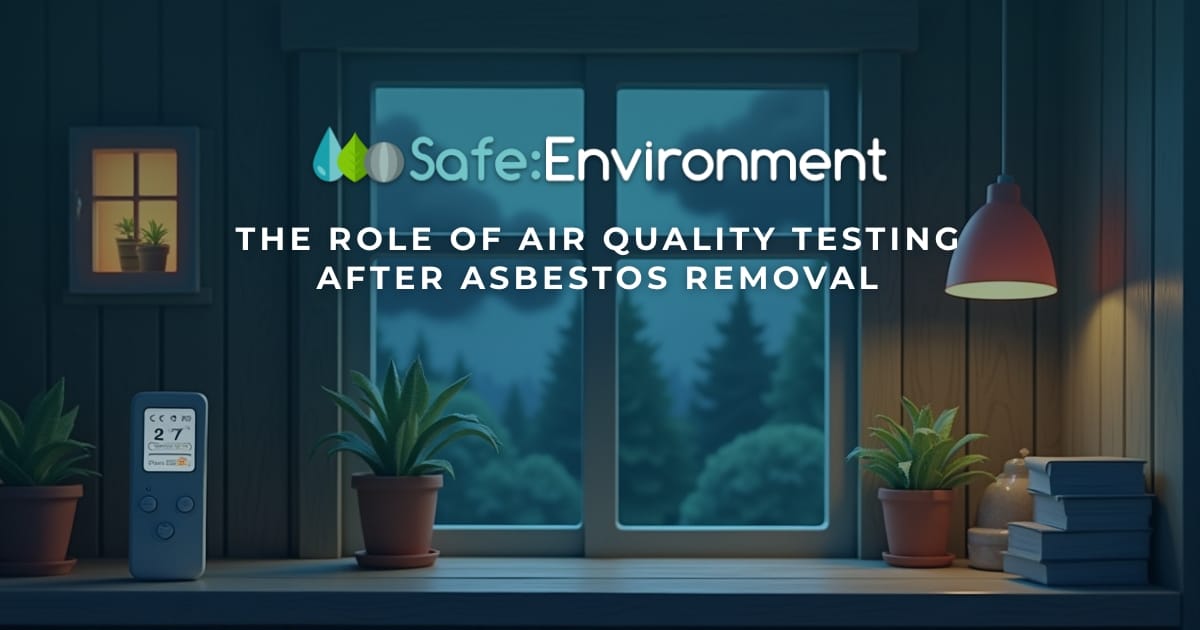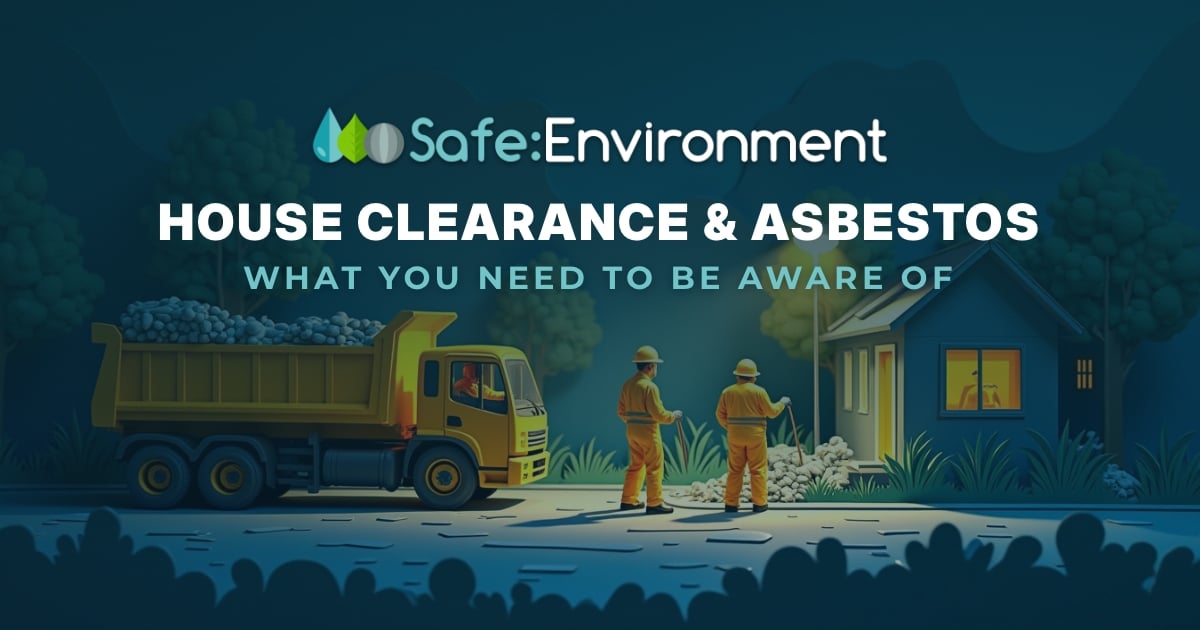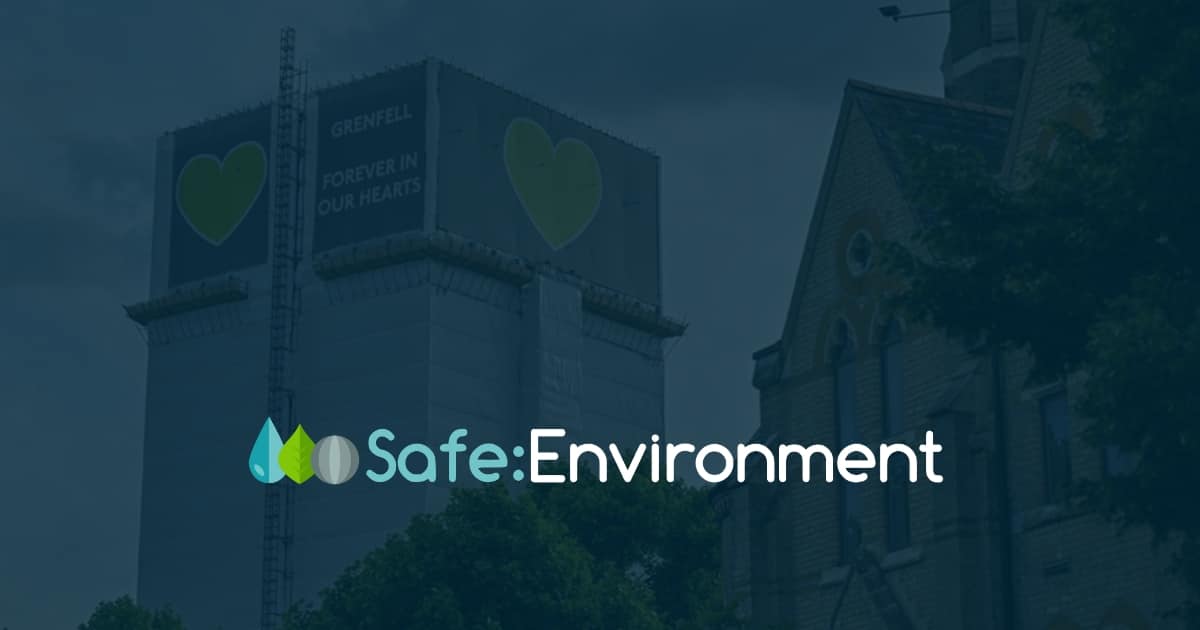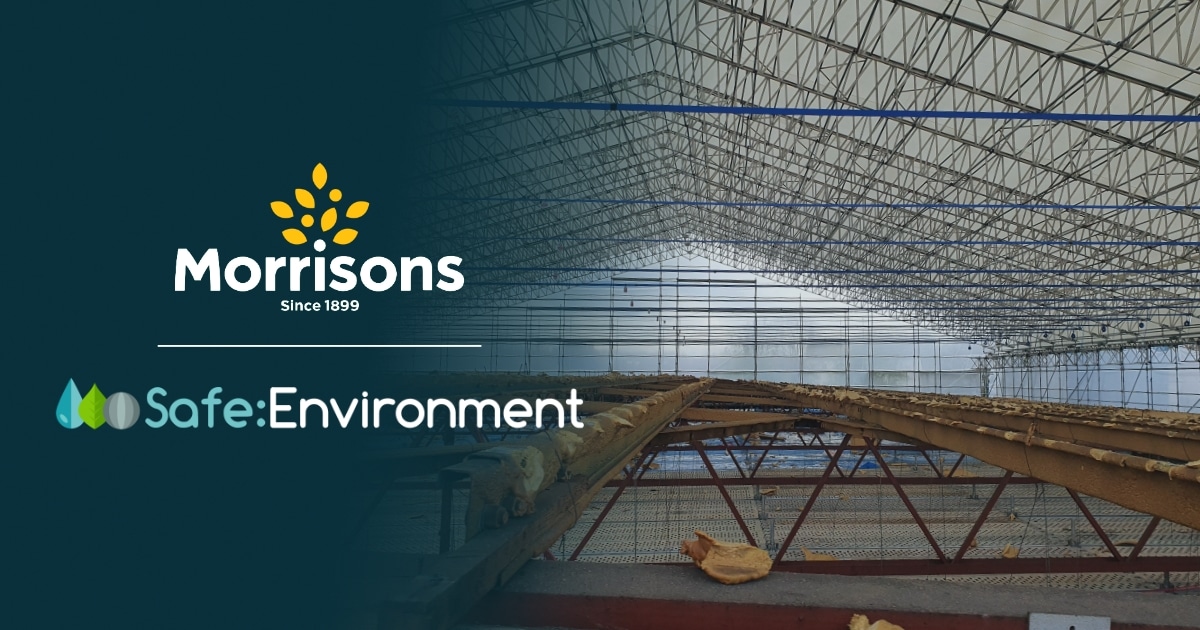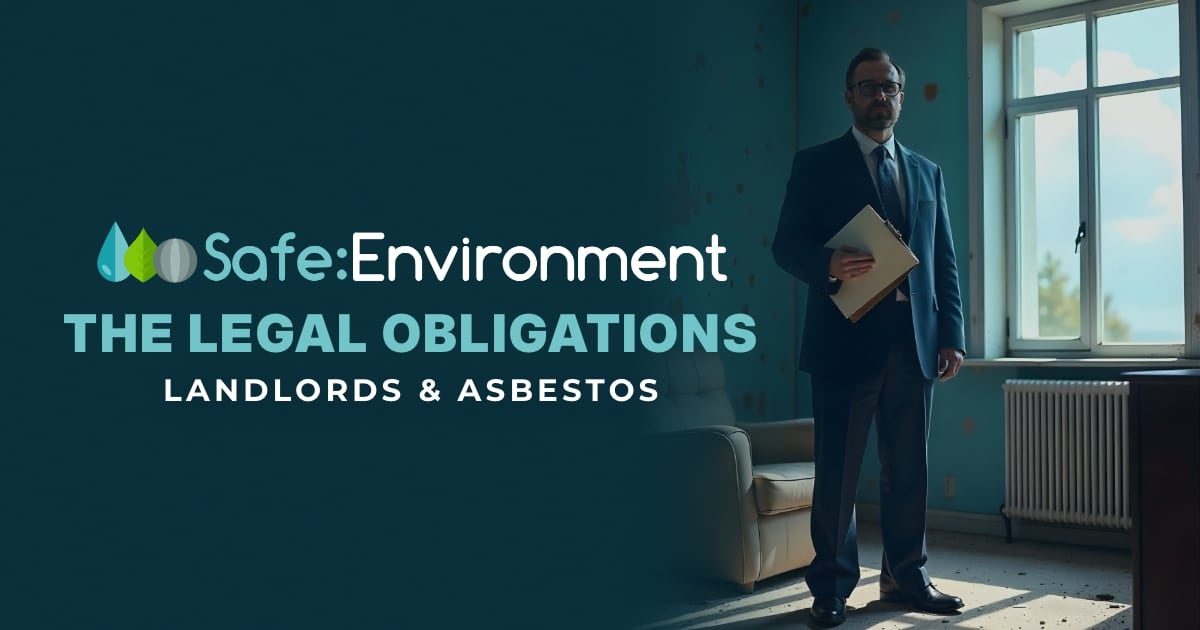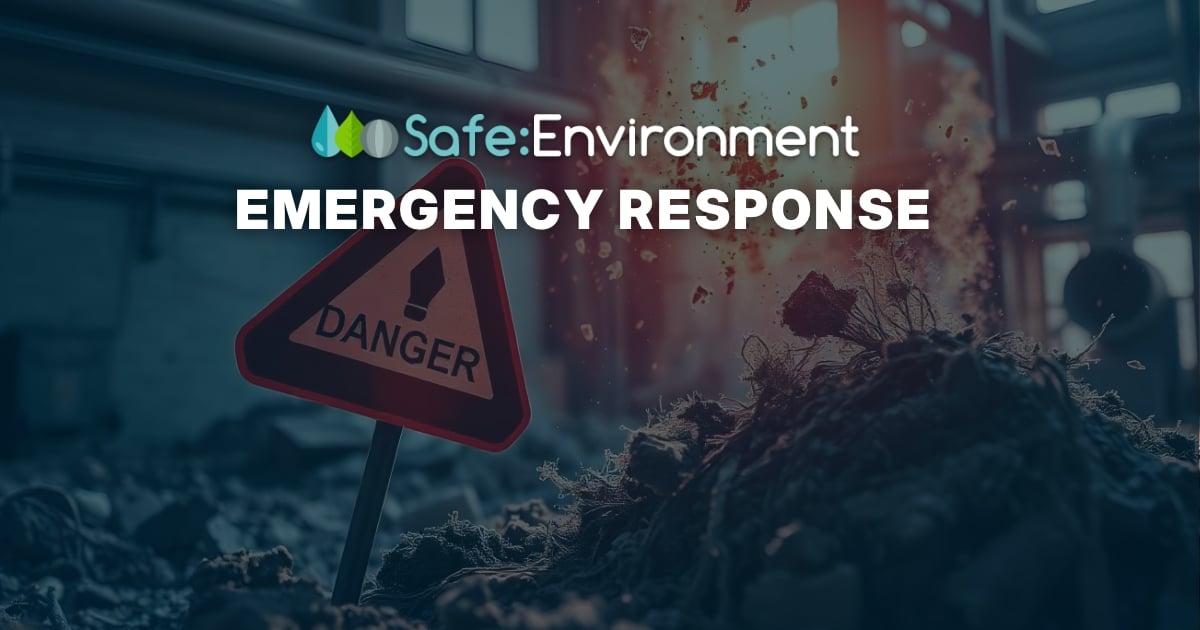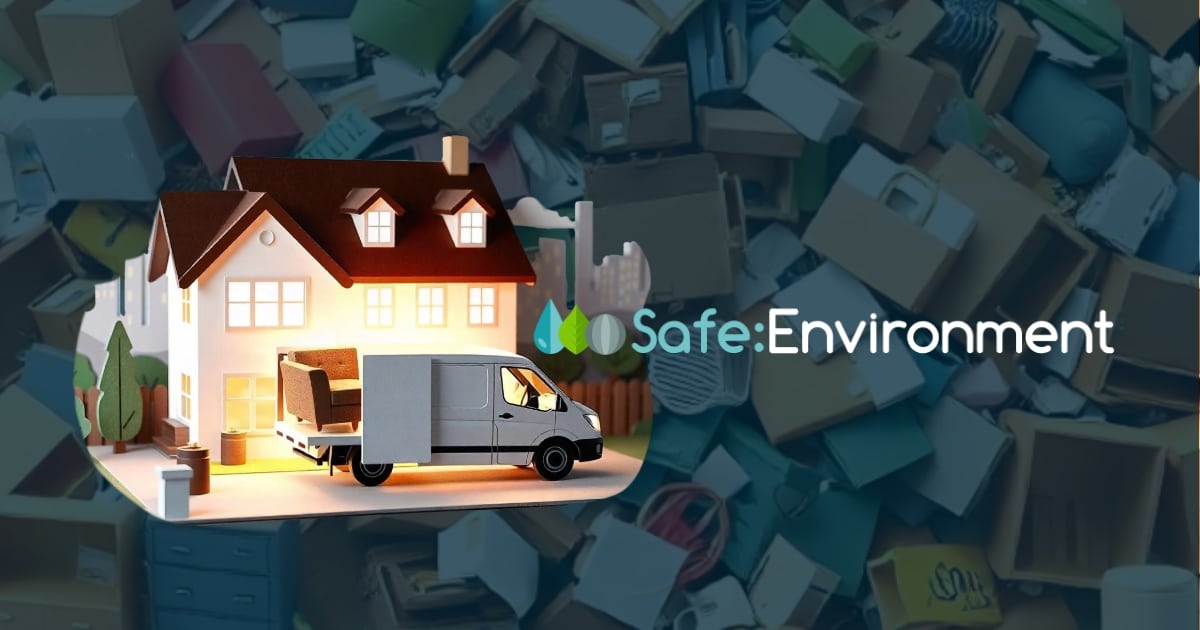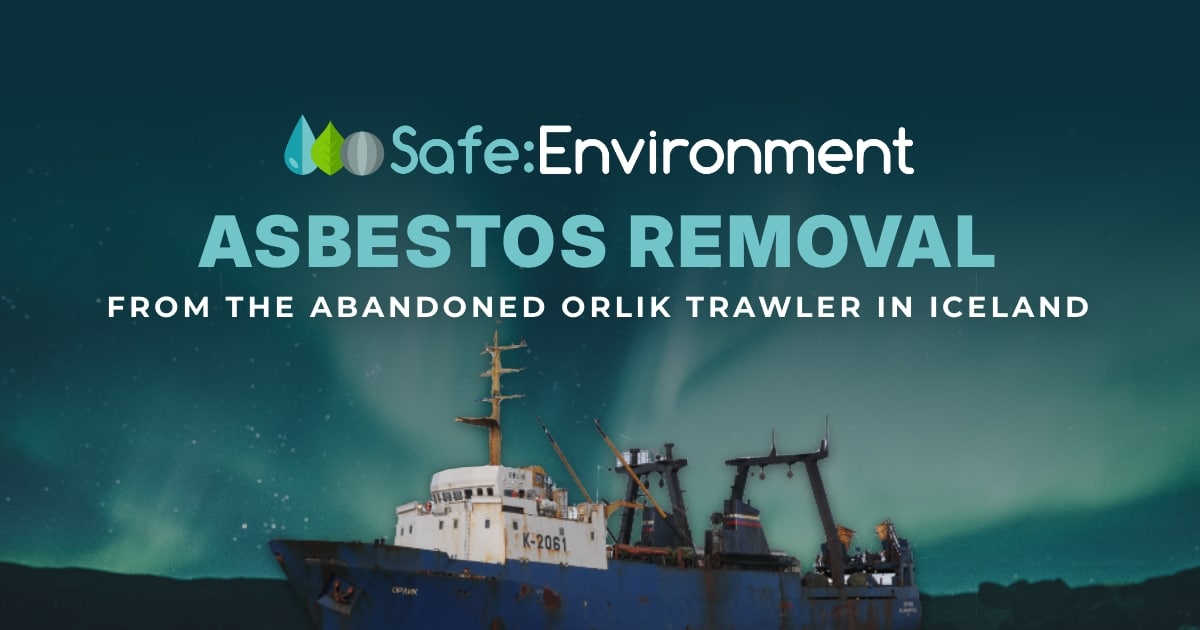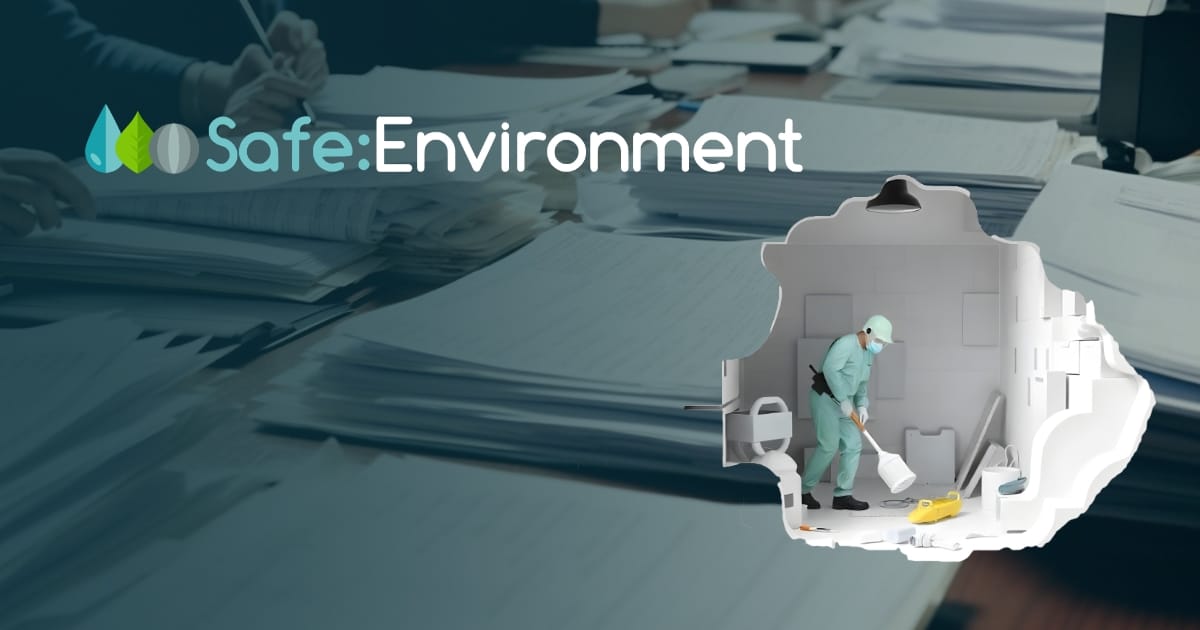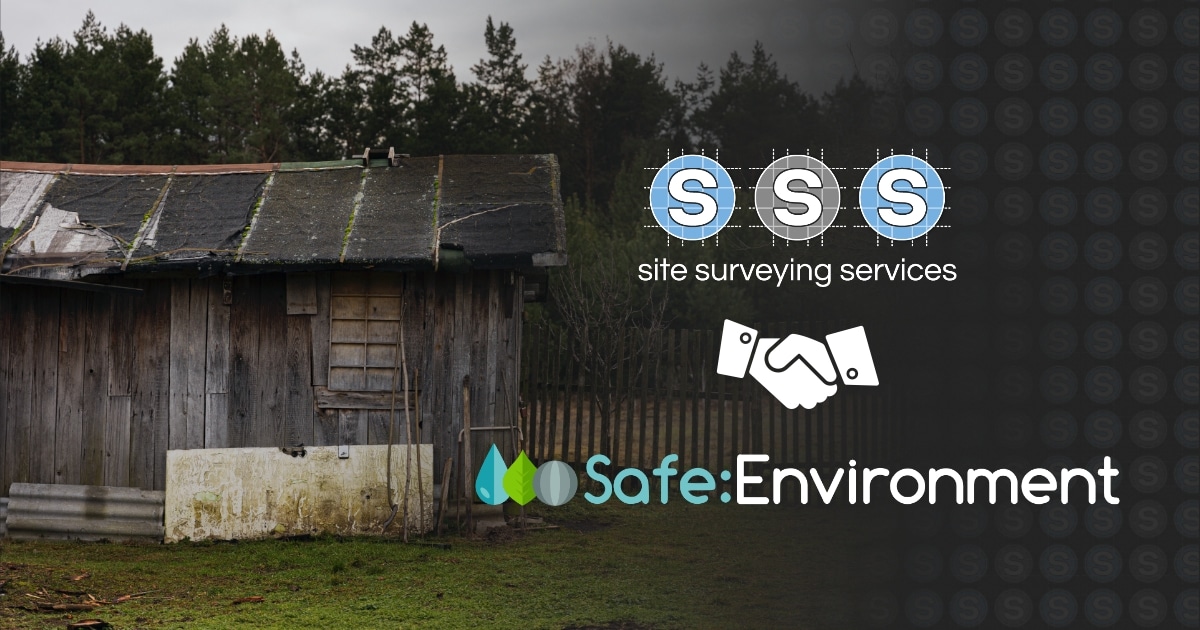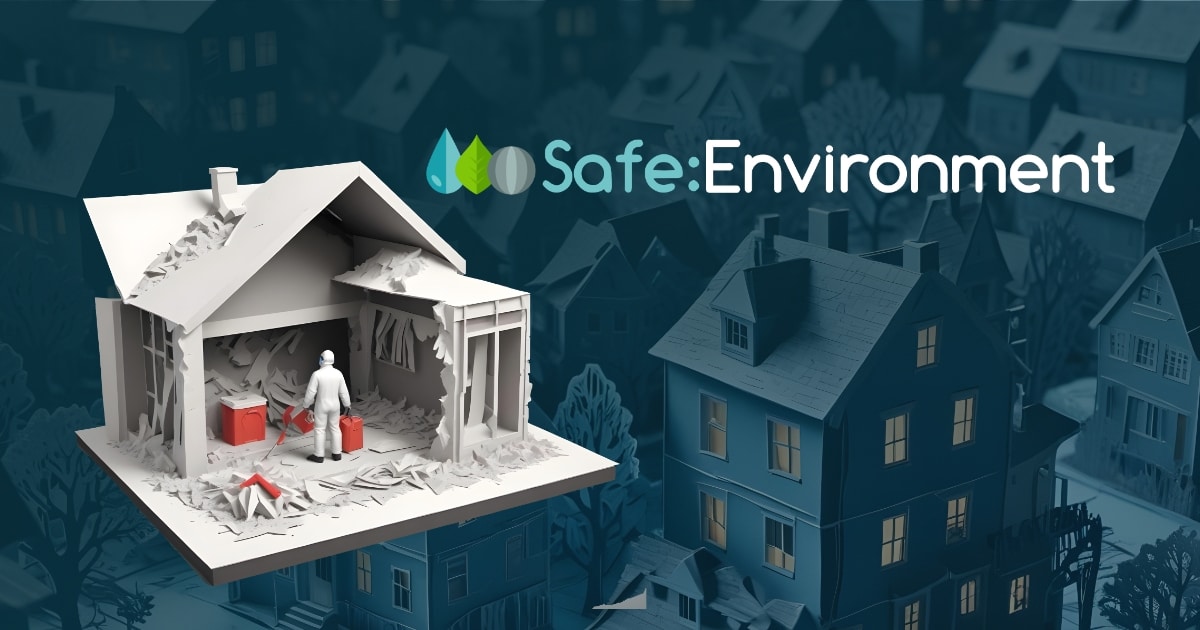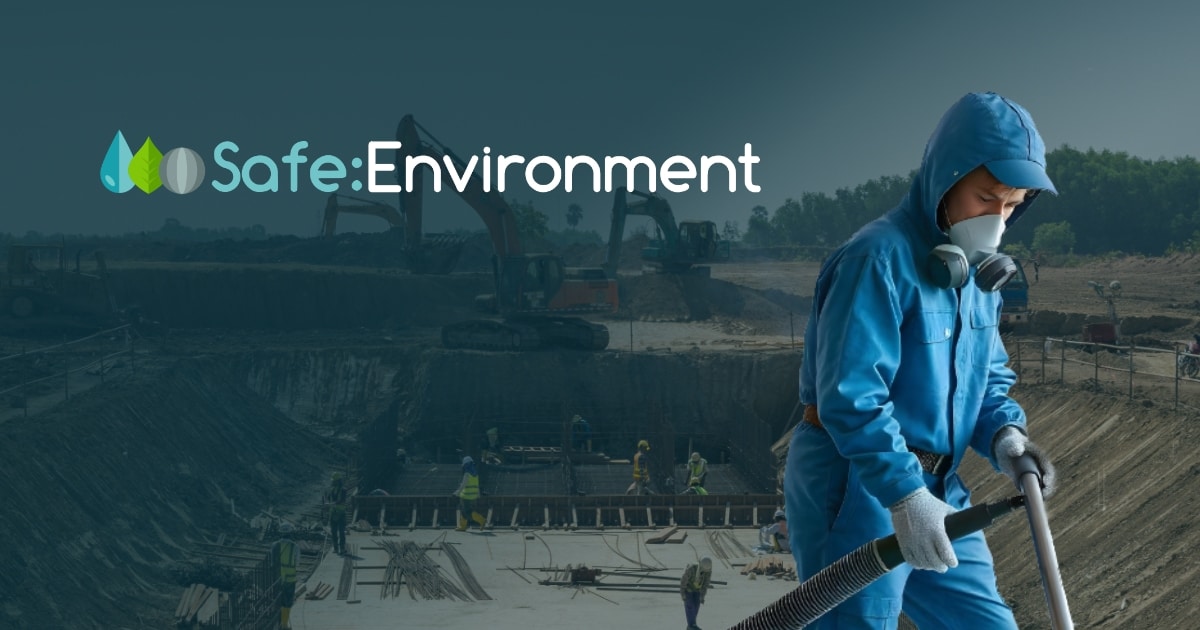Asbestos, once considered a miracle material for construction due to its fire resistance, strength, and insulating properties, is now recognised as a serious health and environmental hazard. While asbestos was widely used for much of the 20th century, its dangers became clear after it was linked to life-threatening illnesses such as lung cancer, asbestosis, and mesothelioma. As a result, its use has been banned or heavily regulated in many countries, including the UK.
However, asbestos still lingers in older homes, buildings, and industrial sites, making its safe disposal critical—not only for public health but also for environmental protection. Proper asbestos disposal plays a vital role in ensuring that the material doesn’t pollute the environment or pose ongoing risks. In this blog, we’ll explore the environmental impact of safe asbestos disposal, why it’s necessary, and how it’s managed in an eco-conscious way.
Why Safe Asbestos Disposal is Crucial
Asbestos fibres are incredibly durable, which makes them particularly harmful once they become airborne. These fibres do not break down easily in the environment, meaning that if asbestos-containing materials (ACMs) are not properly disposed of, they can contaminate the soil, air, and water. This contamination can affect both the immediate surroundings and distant ecosystems, posing long-term environmental hazards.
Improper disposal, such as dumping asbestos waste in landfills without safeguards, burning it, or discarding it in the open, can release toxic fibres into the air, where they can be carried over long distances by wind. This not only puts people at risk of inhaling asbestos but also allows the fibres to settle on vegetation and in water bodies, affecting wildlife and natural resources.
Safe asbestos disposal helps minimise these risks by containing and isolating asbestos waste, preventing its harmful fibres from being released into the environment.
The Environmental Risks of Improper Asbestos Disposal
When asbestos is improperly disposed of, the consequences can be severe. Here are some of the key environmental impacts of unsafe asbestos management:
Air contamination: Asbestos fibres are lightweight and can become airborne when materials are mishandled. Once in the air, they can remain suspended for long periods, creating a risk of inhalation for people, animals, and plants.
Soil contamination: Asbestos fibres that settle on the ground can contaminate the soil, where they may remain for decades. Soil contamination is particularly dangerous in areas where children play or where food crops are grown, as the fibres can easily be disturbed and inhaled.
Water contamination: Asbestos fibres can make their way into rivers, lakes, and groundwater through improper disposal. This can affect aquatic life and disrupt ecosystems. If asbestos-laden materials are dumped in or near bodies of water, the fibres can spread far beyond the original contamination site, endangering both human health and marine environments.
Wildlife impact: Animals that come into contact with asbestos-contaminated soil or water may ingest or inhale the fibres. Over time, this can lead to health problems in wildlife, which in turn can disrupt local ecosystems. For example, asbestos contamination can reduce the biodiversity of an area by affecting the health and populations of species that are sensitive to environmental pollutants.
The above scenarios underscore the importance of following strict asbestos disposal regulations to protect the environment and prevent contamination from spreading.
How Safe Asbestos Disposal Minimises Environmental Harm
Fortunately, modern asbestos disposal methods are designed to mitigate these environmental risks by ensuring that asbestos waste is handled, transported, and stored in a way that prevents the release of dangerous fibres. Below are some of the key steps in the safe disposal process and how they benefit the environment:
1. Proper Handling and Containment
During asbestos removal, trained and licensed professionals follow strict protocols to handle asbestos-containing materials safely. The materials are carefully dampened to minimise the release of fibres and are then securely sealed in leak-proof, double-lined, labelled bags or containers. These containers prevent fibres from escaping during transport, reducing the risk of contamination en route to disposal sites.
This approach prevents the asbestos from becoming airborne or entering the soil, protecting both the immediate surroundings and the broader environment.
2. Transportation to Licensed Disposal Sites
Once safely contained, asbestos waste must be transported to licensed hazardous waste disposal sites. These sites are specially designed to handle toxic materials like asbestos, ensuring that they are disposed of in a way that minimises their environmental impact.
Licensed waste carriers follow strict protocols to ensure the safe transport of asbestos waste. Vehicles used for asbestos transport are equipped with containment measures to prevent any release of fibres during transit. Additionally, these carriers are required to comply with regulations that track asbestos waste from the removal site to the disposal facility, ensuring accountability and transparency throughout the process.
3. Secure Landfill Disposal
Asbestos waste is typically disposed of in specialised landfills designed to safely isolate hazardous materials from the environment. In the UK, these landfills must adhere to stringent regulations, including:
Design and location: Hazardous waste landfills are carefully selected and designed to prevent asbestos from leaking into the surrounding soil or groundwater. These landfills are often lined with impermeable materials that prevent any leachate (liquid waste) from escaping into the environment.
Safe burial: Once asbestos waste arrives at the landfill, it is buried at a designated depth and covered with non-hazardous materials to reduce the risk of fibres becoming airborne. The waste is also carefully tracked and recorded to ensure compliance with environmental laws.
By securely containing the asbestos, these landfills prevent asbestos fibers from contaminating the environment and protect surrounding ecosystems.
4. Waste Tracking and Documentation
In many countries, including the UK, asbestos disposal is subject to strict waste tracking requirements. From the moment asbestos-containing materials are removed from a site, their movement is documented to ensure they are disposed of legally and safely. This transparency not only ensures compliance with environmental regulations but also minimises the chances of illegal dumping or improper disposal.
By keeping a thorough record of asbestos waste, authorities can ensure that it is disposed of in an environmentally responsible manner, reducing the risk of contamination.
Innovations in Asbestos Disposal: A Greener Future?
As environmental awareness continues to grow, new technologies and innovations are emerging that aim to improve the safety and sustainability of asbestos disposal. Some of these innovations include:
Asbestos recycling: Although asbestos cannot be broken down easily, some companies are exploring techniques to recycle asbestos-containing materials. These processes involve neutralising the toxic fibres or converting them into safer materials that can be reused. While asbestos recycling is not yet widespread, it represents a promising way to reduce the environmental impact of asbestos waste.
Advanced containment systems: Researchers are developing more effective containment systems for asbestos disposal, such as enhanced barriers in landfills or new methods for sealing asbestos waste. These innovations aim to provide even greater protection against leaks and contamination, making asbestos disposal safer for the environment.
While safe disposal practices are already effective, continued research and development in this area can help further reduce the environmental footprint of asbestos waste.
Conclusion: The Environmental Imperative of Safe Asbestos Disposal
The safe disposal of asbestos is critical not only for human health but also for protecting the environment from long-term contamination. Proper handling, secure containment, and strict disposal regulations ensure that asbestos waste does not endanger air quality, soil health, water sources, or wildlife.
As homeowners, businesses, and governments continue to manage asbestos in aging buildings, it’s crucial to prioritise safe disposal practices to minimise the environmental impact. By adhering to the regulations and ensuring that asbestos waste is handled by licensed professionals, we can protect both our communities and the planet for future generations.



